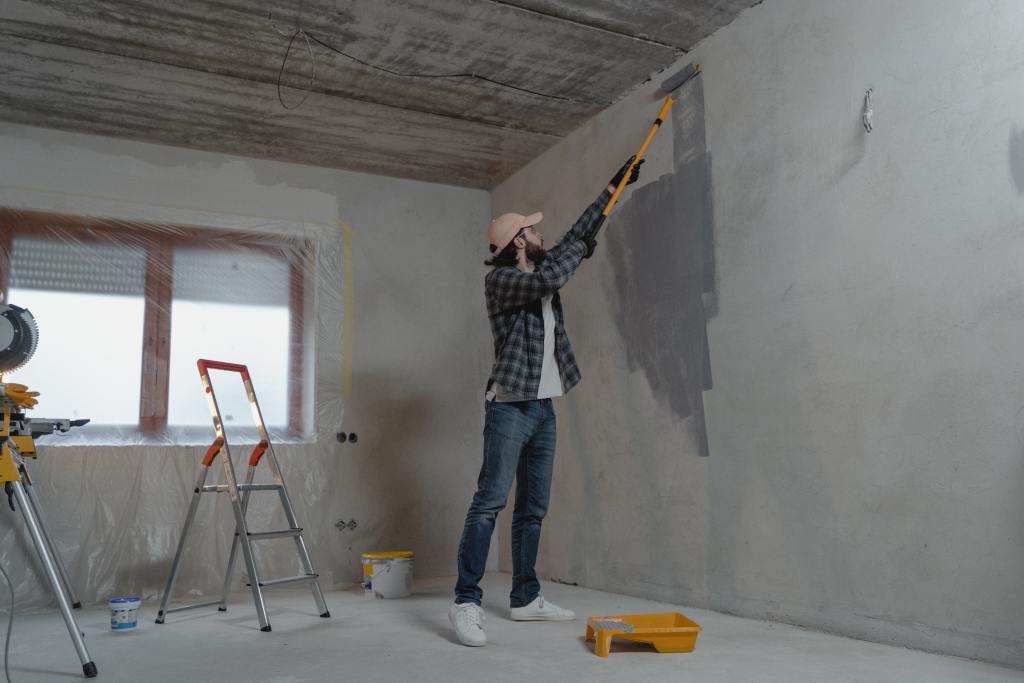In recent years, the world’s attention has become more sharply focused on the environment and the harmful effects of industry and greenhouse gas emissions. As a result, more communities and corporations are now integrating eco-friendly strategies to try to stem this trend.
New building construction and choice of materials is one major area where companies are implementing practices that minimize harm to the earth’s fragile environment and ecosystem.
Some construction materials release harmful chemicals into the earth and atmosphere throughout the life of the building, and may also contribute to pollution and global warming during manufacturing and shipment.
Energy efficiency is another important consideration. Materials that cause a building to need more cooling or heating over time negatively impact the environment through increased energy use (as well as cost).
We’ll spotlight eight building materials that are becoming more popular thanks to their eco-friendly footprint.

1. Green concrete
This type of concrete may sound counterintuitive, as it’s hard to imagine concrete originating from living, breathing things — although not all components of this mixture were once plants. Green concrete was invented to add a more sustainable solution to building construction. It comes from recyclables, such as sawdust, mud, mining waste, burnt clay, glass waste, and other materials.
The benefit of green concrete is its minimal release of CO2 into the atmosphere. It also originates in previously used materials. It’s a long-lasting, thermal, and fire-resistant material, so in addition to being safe for the earth, it’s also energy-efficient and safe for humans.
2. Plastic bricks
This is another building material that may sound surprising. It’s hard to imagine a brick that isn’t extremely heavy to carry and construct. This invention solves the problem of plastic bag waste while providing another green construction tool.
Plastic bricks are a mixture of plastic waste and concrete aggregate, and together they create a very strong and tensile material that’s also lightweight. They are also noise- and heat-insulating — up to five times the degree of traditional bricks.
In addition to reducing harmful waste in the environment, they do double duty as a cost-effective way to reduce emissions. Plastic bricks are also part of railway and highway construction.
3. Bamboo
This traditional material has been used for centuries in home construction and is now becoming a more attractive option due to wood shortages. Despite its history, at first glance, bamboo might not appear to be a strong choice for building construction.
However, its resilient weathering properties make it ideal for roofing construction. Builders use it as a replacement for plastic, asbestos, and corrugated metal in roofing.
4. AAC blocks
Autoclaved aerated concrete blocks come from recycled industrial materials like fine aggregate and cement. AAC blocks are another energy-efficient building material. Additionally, these are earthquake-, mold- and fire-resistant blocks. AAC blocks are a low-cost and long-lasting choice.
5. Timbercrete
Developed from sawdust and concrete, timbercrete is another recycled material to use for construction projects. However, it’s lighter in weight than traditional concrete, which means it’s easier to transport and decreases supply chain emissions. Construction workers can also use it use for bricks, blocks, and pavers.
6. Rammed earth
Another replacement for concrete is rammed earth, which is dirt compressed into wooden frames by machines. It’s compressed by bamboo or rebar and doesn’t involve any synthetic materials or chemicals to do its job. It’s a sustainable building material that’s also biodegradable.
7. Straw bales
Straw goes back to the pioneer days when homes were constructed from bales gathered after farming. But today, straw bales are eco-friendly building materials used for insulation. It’s watertight when sealed well, and this material keeps homes warm in the winter and cool in the summer. Straw is a sustainable replacement for fiberglass, plaster, and concrete.
Builders place straw bales in walls and ceilings, and they can use them to create a wall within the frame of a building or home. In this location, they provide an alternative to gypsum, concrete, wood, stone, and other materials.
8. Cork
Cork is a lightweight, flexible, and strong material from the earth that bounces back easily and is harvested from living trees, which means no trees are cut down in the process. It’s used in floor tiles and insulation, and it’s a fire-resistant material that doesn’t release harmful particles into the air or soil.
Overall, eco-friendly building materials are more energy-efficient, reduce costs, minimize the release of harmful chemicals and pollutants, and cut back on waste that funnels out into the land and water.



